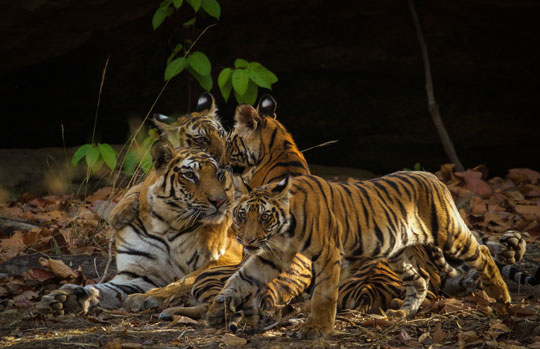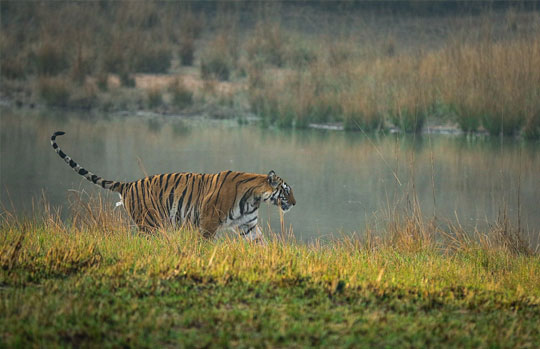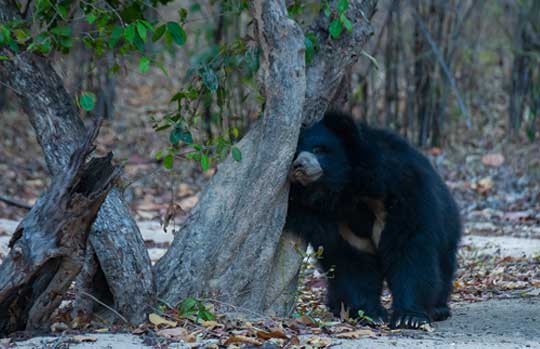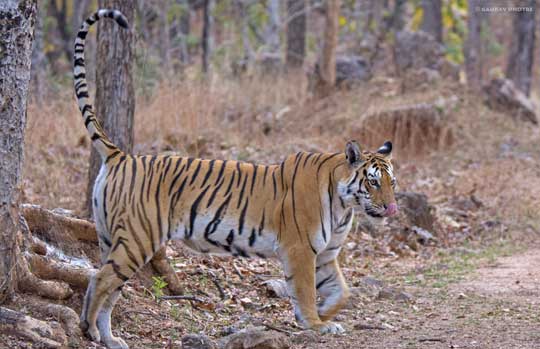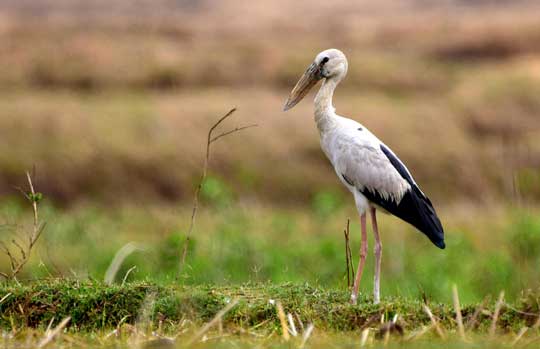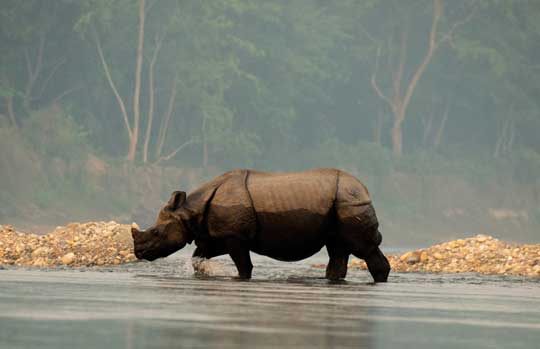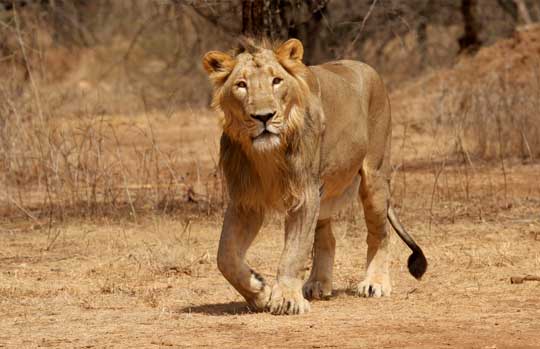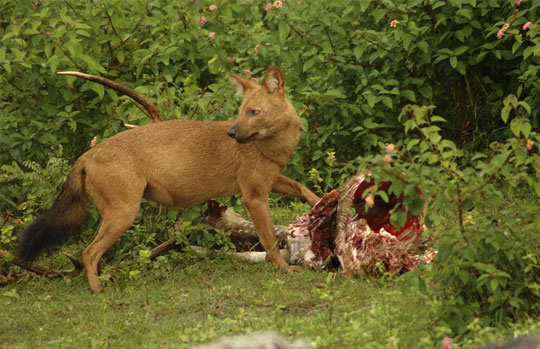Bandhavgarh National Park
Bandhavgarh is among the best places to see Tigers in the wild. The forests here are steeped in history and have a high concentration of Bengal tigers. The Park takes its name from the highest hill with an ancient fortification Bandhavgarh. Surrounded by a chain of smaller hills that form valleys with several grassy meadows interspersed in the low-lying areas. Water percolates through the primary formation of sandstone, creating many perennial streams and springs. Bandhavgarh tiger reserve was formerly the private hunting preserve of the Maharaja of Rewa.

